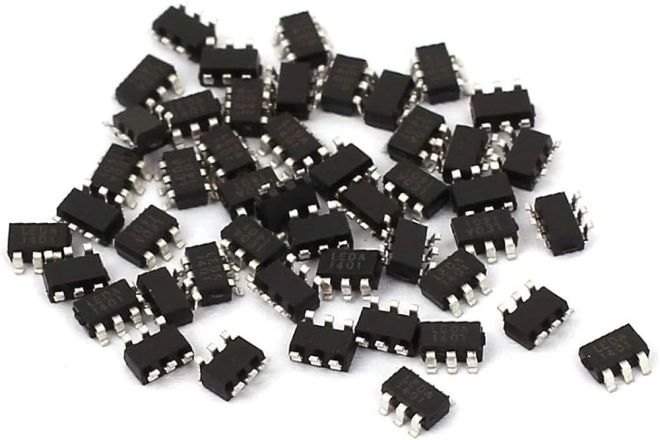Understanding IC Chips and Their Role in LED Display Technology
In LED display technology, the real magic occurs behind the scenes, primarily thanks to Integrated Circuit (IC) chips. These small yet powerful components are crucial to the performance of LED displays, impacting greyscale, scan rate, refresh rate, and color quality.

What Is an IC Chip in LED Displays?
An IC chip functions as the brain of an LED module, controlling how individual LEDs are powered and illuminated. It manages incoming data to ensure accurate display output, influencing aspects like color reproduction, brightness, and pixel timing. The type of IC chip used can significantly affect the module’s performance.
Greyscale: Enhancing Color Depth
Greyscale refers to the range of shades a display can produce between its brightest and darkest states. For instance, an 8-bit greyscale can show 256 shades per color channel, while a 16-bit version can display up to 65,536 shades. Higher greyscale capabilities result in richer colors and smoother gradients.
IC chips govern greyscale through Pulse Width Modulation (PWM), which rapidly turns LEDs on and off to simulate various brightness levels. The choice of IC chip and PWM configuration is critical for achieving the desired visual quality.
Scan Rate: Managing LED Activation
The scan rate determines how an LED module activates its pixels, scanning groups of pixels to reduce the number of control circuits needed. For example, a 1/16 scan activates one-sixteenth of the LEDs at a time, providing a continuous image perceived by the human eye.
Lower scan rates (e.g., 1/4) typically yield higher brightness since each LED receives more power, while higher rates (e.g., 1/32) are more energy-efficient but can impact brightness. Selecting the right scan rate depends on the application—outdoor displays may benefit from lower rates for visibility, while indoor settings may prioritize efficiency.
Refresh Rate: Reducing Flicker
The refresh rate, measured in Hertz (Hz), indicates how many times per second the display image updates. Higher refresh rates result in smoother motion and less flicker, which is essential for video content and live events. For instance, a display with a 3840Hz refresh rate provides exceptionally smooth visuals.
However, higher refresh rates can shorten the display’s lifespan due to the rapid switching of LEDs. For static images or simple signage, a lower refresh rate may be sufficient and extend longevity. IC chips manage refresh rates by controlling how quickly display data is processed and sent to each pixel.
Which IC Chips Govern These Aspects?
Different IC chips are optimized for specific functions:
Greyscale Control Chips:
:Chips like MBI5124 and MBI5153 provide excellent greyscale performance, ideal for applications requiring smooth color transitions.
Scan Rate Control Chips:
Chips such as TLC5958 and ICN2038 manage scan rates effectively, balancing power consumption and brightness for outdoor displays.
High Refresh Rate Chips:
For applications needing to eliminate flicker, chips like ICN2053 and MBI5252 excel in high-speed data processing, essential for live events.
Conclusion: Why IC Chips Matter
IC chips are fundamental to the functionality of modern LED displays, influencing greyscale, scan rate, and refresh rate. Understanding their role helps in selecting the right displays for various applications, from signage to broadcasting.
Choosing the appropriate IC chip and specifications based on your display needs is crucial for achieving optimal performance. As the LED industry evolves, advancements in IC chip technology will enhance display quality, offering higher resolutions and faster refresh rates.
For assistance in building comprehensive LED display specifications, the LED Studio team is ready to help.



